Home>Renovation & DIY>Home Renovation Guides>How To Unfreeze Water Pipes In A Crawl Space
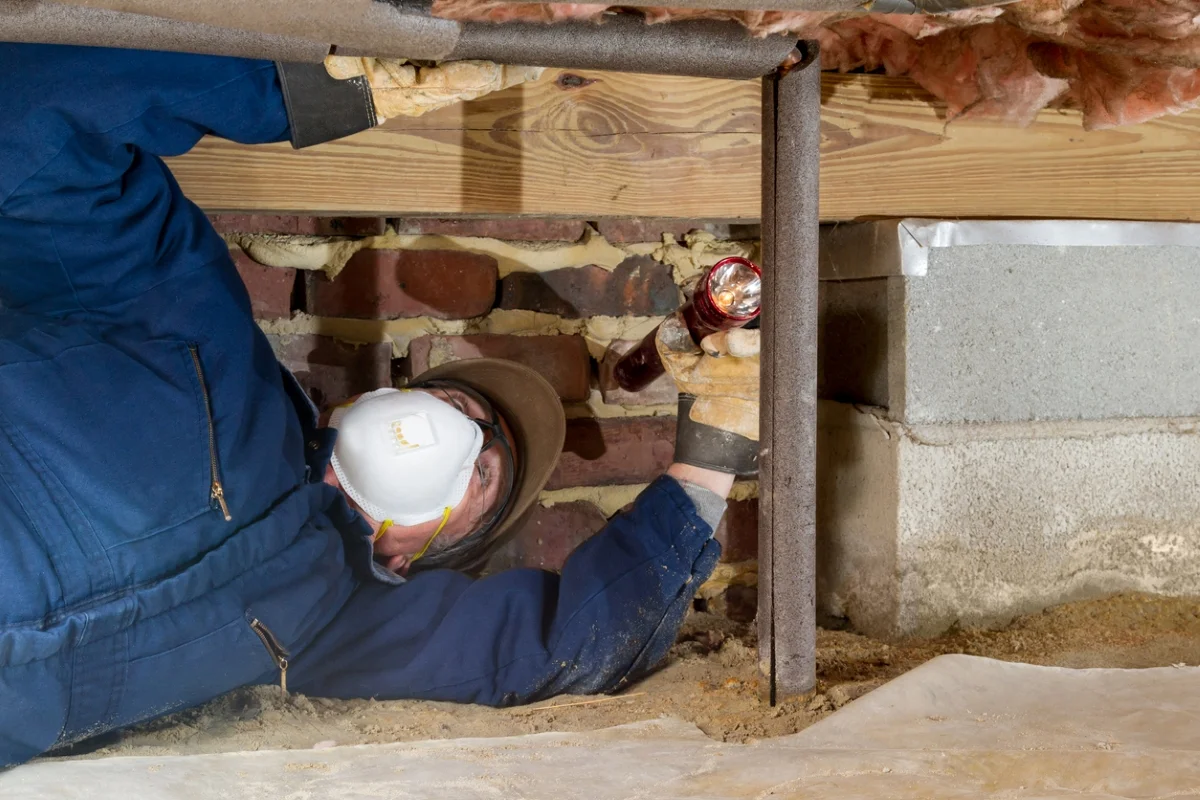

Home Renovation Guides
How To Unfreeze Water Pipes In A Crawl Space
Modified: February 26, 2024
Learn how to unfreeze water pipes in a crawl space with our home renovation guide. Get expert tips and advice to tackle this common issue. Keep your home safe and warm.
(Many of the links in this article redirect to a specific reviewed product. Your purchase of these products through affiliate links helps to generate commission for Storables.com, at no extra cost. Learn more)
Introduction
Dealing with frozen water pipes in a crawl space can be a challenging and frustrating experience for homeowners. When temperatures plummet, the risk of water pipes freezing increases, especially in unheated or poorly insulated crawl spaces. The potential consequences of frozen pipes, such as water damage and disruption of essential services, make it crucial for homeowners to understand how to address this issue effectively.
In this comprehensive guide, we will explore the signs of frozen water pipes in a crawl space, safety precautions to take before unfreezing the pipes, methods to unfreeze the pipes safely, and practical tips to prevent future freezing. By the end of this guide, you will have the knowledge and confidence to tackle frozen water pipes in your crawl space and safeguard your home from the damaging effects of cold weather.
Let's delve into the essential information and practical steps to address frozen water pipes in a crawl space, ensuring that you are well-equipped to handle this common winter challenge.
Key Takeaways:
- Don’t ignore the signs! If you notice decreased water flow, frost on pipes, strange odors, or unusual noises, take action to unfreeze water pipes in your crawl space to prevent damage.
- Safety first! Before unfreezing water pipes, turn off the water supply, identify electrical hazards, use protective gear, ventilate the space, and avoid open flames to ensure a secure and effective thawing process.
Read more: How To Insulate Water Pipes In A Crawl Space
Signs of Frozen Water Pipes in a Crawl Space
Identifying the signs of frozen water pipes in a crawl space is crucial for homeowners, as it allows for timely intervention to prevent potential damage and inconvenience. When temperatures plummet, especially during harsh winter conditions, water pipes in unheated or poorly insulated crawl spaces are particularly susceptible to freezing. Recognizing the indicators of frozen pipes empowers homeowners to take proactive measures to address the issue before it escalates.
Here are the key signs that may indicate frozen water pipes in a crawl space:
-
Decreased or No Water Flow: One of the most apparent signs of frozen water pipes is a significant reduction in water flow or complete cessation of water from the affected faucets or fixtures. When you turn on a faucet and only a slight trickle or no water comes out, it could indicate that the water pipes supplying that fixture are frozen.
-
Frost on Exposed Pipes: If your crawl space has exposed pipes, visually inspecting them for frost or ice accumulation is a straightforward way to detect frozen pipes. Frost on the exterior of the pipes is a clear indication that the water inside has frozen, necessitating immediate attention.
-
Unusual Odors from Drains: Another subtle yet telling sign of frozen water pipes is the presence of unusual odors emanating from drains. When pipes are frozen, the trapped water and waste may produce unpleasant smells, signaling a potential blockage due to ice formation.
-
Strange Noises in the Plumbing System: When water pipes are frozen, the pressure build-up from the blockage can lead to unusual noises in the plumbing system. You may hear banging, clanking, or gurgling sounds, indicating that the water flow is obstructed by ice within the pipes.
-
Visible Signs of Water Damage: In severe cases, where the frozen pipes have burst due to the expansion of ice, visible signs of water damage such as damp patches, water stains, or even flooding in the crawl space or adjacent areas may become evident.
Recognizing these signs of frozen water pipes in a crawl space empowers homeowners to take prompt action to address the issue and prevent further damage. By remaining vigilant and responsive to these indicators, homeowners can mitigate the risks associated with frozen pipes and safeguard their plumbing system during cold weather.
Safety Precautions Before Unfreezing Water Pipes
Before embarking on the process of unfreezing water pipes in a crawl space, it is paramount to prioritize safety to prevent accidents and further damage to the plumbing system. Taking the following precautions will ensure a secure and effective approach to addressing frozen water pipes:
-
Turn Off the Water Supply: Before attempting to unfreeze the pipes, it is crucial to shut off the main water supply to prevent additional water from entering the frozen pipes. This step helps minimize the risk of further expansion and potential bursting of the pipes during the thawing process.
-
Identify Electrical Hazards: In crawl spaces with electrical components or wiring, it is essential to identify and mitigate any electrical hazards before initiating the unfreezing process. Water and electricity do not mix well, so ensuring a safe environment free from electrical risks is imperative.
-
Use Protective Gear: When working in a crawl space, especially in colder conditions, wearing appropriate protective gear such as insulated gloves, eye protection, and knee pads is essential. These items provide protection from potential injuries and exposure to cold and damp conditions.
-
Ventilate the Crawl Space: Adequate ventilation is crucial to prevent the buildup of fumes or gases during the unfreezing process. Opening windows or using fans to improve air circulation can help dissipate any fumes that may be released during the thawing of the pipes.
-
Avoid Open Flames: It is vital to refrain from using open flames or high-heat sources, such as blowtorches or propane heaters, to thaw frozen pipes. These methods pose a significant fire hazard and can damage the pipes or surrounding materials. Instead, opt for safer thawing techniques.
-
Inspect for Gas Leaks: Before initiating the unfreezing process, it is prudent to inspect the crawl space for any potential gas leaks. If a gas odor is detected, evacuate the area immediately and contact the gas company for professional assistance.
-
Have a Contingency Plan: Despite taking all necessary precautions, it is wise to have a contingency plan in place in case of unforeseen circumstances. This may include having access to emergency shut-off valves, contacting professional plumbers, or seeking assistance from knowledgeable individuals if the situation becomes challenging.
By adhering to these safety precautions before unfreezing water pipes in a crawl space, homeowners can minimize risks and ensure a secure environment for addressing the issue. Prioritizing safety not only protects individuals from harm but also contributes to a more effective and successful resolution of the frozen pipe problem.
Use a hair dryer or heat lamp to slowly warm the frozen pipe. Wrap the pipe with towels soaked in hot water or use a space heater to warm the crawl space. Leave faucets open to allow water to flow once the pipe thaws.
Methods to Unfreeze Water Pipes in a Crawl Space
When faced with frozen water pipes in a crawl space, it is essential to employ safe and effective methods to thaw the pipes and restore the flow of water. Here are several proven techniques to unfreeze water pipes in a crawl space:
-
Apply Heat Tape or Cable: Heat tape or cable is a reliable solution for thawing frozen pipes. These specialized electrical heating elements can be wrapped around the frozen pipes, providing consistent and controlled heat to facilitate the thawing process. It is crucial to follow the manufacturer's instructions and safety guidelines when using heat tape to prevent overheating and potential hazards.
-
Use a Hair Dryer: A hair dryer can be a practical tool for unfreezing exposed pipes in a crawl space. By directing the warm airflow onto the frozen section of the pipe, the heat from the hair dryer helps to gradually thaw the ice blockage. Moving the hair dryer along the length of the frozen pipe evenly distributes the heat, aiding in the safe and effective thawing of the pipes.
-
Utilize Infrared Lamps or Space Heaters: Infrared lamps or space heaters can be employed to raise the ambient temperature in the crawl space, assisting in the gradual thawing of frozen pipes. Placing the lamps or heaters strategically to target the affected areas helps to create a warmer environment, promoting the natural thawing of the ice within the pipes. It is crucial to monitor the temperature and ensure proper ventilation during this process.
-
Apply Warm Towels or Rags: Wrapping warm towels or rags around the frozen pipes can help transfer heat to the ice blockage, expediting the thawing process. By saturating the towels with warm water and securing them around the frozen sections, the heat from the towels gradually penetrates the ice, aiding in the gentle and controlled thawing of the pipes.
-
Open Cabinet Doors and Faucets: Allowing warm air to circulate around the pipes by opening cabinet doors under sinks can help alleviate the freezing. Additionally, opening faucets to a slow drip can relieve pressure within the pipes, reducing the risk of bursting while promoting the gradual thawing of the ice blockage.
-
Seek Professional Assistance: In cases where the frozen pipes are inaccessible or the situation is complex, seeking professional assistance from licensed plumbers or experienced professionals is advisable. Professional plumbers have the expertise and specialized equipment to assess and address frozen pipe issues effectively, ensuring the safety and integrity of the plumbing system.
By employing these methods to unfreeze water pipes in a crawl space, homeowners can address the issue promptly and effectively, restoring the flow of water and mitigating the risks associated with frozen pipes. It is essential to approach the thawing process with caution and patience, prioritizing safety and employing suitable techniques to safeguard the plumbing system.
Prevention Tips for Future Freezing of Water Pipes in a Crawl Space
Preventing the freezing of water pipes in a crawl space is paramount for homeowners, as it helps avoid the inconvenience, potential damage, and costly repairs associated with frozen pipes. By implementing proactive measures and insulation strategies, homeowners can safeguard their plumbing system from the adverse effects of cold weather. Here are essential prevention tips to mitigate the risk of future freezing of water pipes in a crawl space:
-
Insulate Pipes: Proper insulation is a fundamental preventive measure against frozen water pipes. Installing foam or fiberglass pipe insulation around exposed pipes in the crawl space helps retain heat and protect the pipes from freezing temperatures. Additionally, insulating crawl space walls and ensuring adequate insulation on the floor above the crawl space can contribute to maintaining a warmer environment for the pipes.
-
Seal Crawl Space Vents: During the winter months, sealing or insulating crawl space vents helps prevent cold air from entering the crawl space, reducing the risk of freezing pipes. Sealing vents with foam board or specialized vent covers effectively minimizes the exposure of the crawl space to frigid outdoor temperatures, promoting a more stable and moderate environment for the plumbing system.
-
Apply Heat Tape or Cable: For particularly vulnerable pipes in the crawl space, such as those located near exterior walls or in unheated areas, applying heat tape or cable provides an additional layer of protection against freezing. The controlled heat generated by these electrical heating elements helps maintain the temperature of the pipes above freezing, mitigating the risk of ice formation.
-
Maintain Adequate Heating: Ensuring that the crawl space remains adequately heated during cold weather is crucial for preventing frozen pipes. Utilizing space heaters, heat lamps, or installing a dedicated heating system in the crawl space helps maintain a consistent and suitable temperature to protect the plumbing infrastructure from freezing.
-
Allow Faucets to Drip: Allowing faucets connected to vulnerable pipes to drip at a slow and steady rate during extremely cold weather can prevent the buildup of pressure within the pipes, reducing the likelihood of freezing. The continuous flow of water, even at a minimal rate, helps prevent stagnation and ice formation within the pipes.
-
Monitor Weather Forecasts: Staying informed about upcoming weather conditions and temperature fluctuations enables homeowners to take proactive measures to protect their plumbing system. When severe cold spells are predicted, implementing additional preventive measures, such as increasing insulation or adjusting heating settings, can help mitigate the risk of frozen pipes.
By implementing these prevention tips, homeowners can fortify their crawl space against the threat of frozen water pipes, ensuring the continued functionality and integrity of their plumbing system during cold weather. Taking proactive steps to prevent freezing not only safeguards the home from potential damage but also provides peace of mind for homeowners facing harsh winter conditions.
Read more: How To Unfreeze Outdoor Pipes
Conclusion
In conclusion, addressing frozen water pipes in a crawl space requires a combination of vigilance, proactive measures, and safe thawing techniques. By recognizing the signs of frozen pipes, prioritizing safety precautions, and employing effective methods to unfreeze the pipes, homeowners can mitigate the risks associated with cold weather and safeguard their plumbing system.
The signs of frozen water pipes, including decreased water flow, frost on exposed pipes, unusual odors, strange noises in the plumbing system, and visible water damage, serve as crucial indicators for prompt intervention. Identifying these signs empowers homeowners to take timely action, preventing potential damage and inconvenience.
Prioritizing safety before unfreezing water pipes is paramount to ensure a secure environment for addressing the issue. Turning off the water supply, identifying electrical hazards, using protective gear, ventilating the crawl space, and avoiding open flames are essential precautions that contribute to a safe and effective thawing process.
When it comes to unfreezing water pipes, employing methods such as heat tape, hair dryers, infrared lamps, warm towels, and professional assistance enables homeowners to address the issue promptly and effectively. These techniques, when applied with caution and patience, facilitate the restoration of water flow and mitigate the risks associated with frozen pipes.
Furthermore, implementing prevention tips, including pipe insulation, sealing crawl space vents, applying heat tape, maintaining adequate heating, allowing faucets to drip, and monitoring weather forecasts, fortifies the crawl space against future freezing of water pipes. These proactive measures contribute to the resilience of the plumbing system and reduce the likelihood of encountering frozen pipe issues in the future.
By integrating the insights and practical strategies outlined in this guide, homeowners can navigate the challenges of frozen water pipes in a crawl space with confidence and preparedness. Understanding the signs, prioritizing safety, employing effective thawing methods, and implementing preventive measures collectively contribute to the resilience and functionality of the plumbing system, ensuring a secure and comfortable home environment, even during harsh winter conditions.
Frequently Asked Questions about How To Unfreeze Water Pipes In A Crawl Space
Was this page helpful?
At Storables.com, we guarantee accurate and reliable information. Our content, validated by Expert Board Contributors, is crafted following stringent Editorial Policies. We're committed to providing you with well-researched, expert-backed insights for all your informational needs.
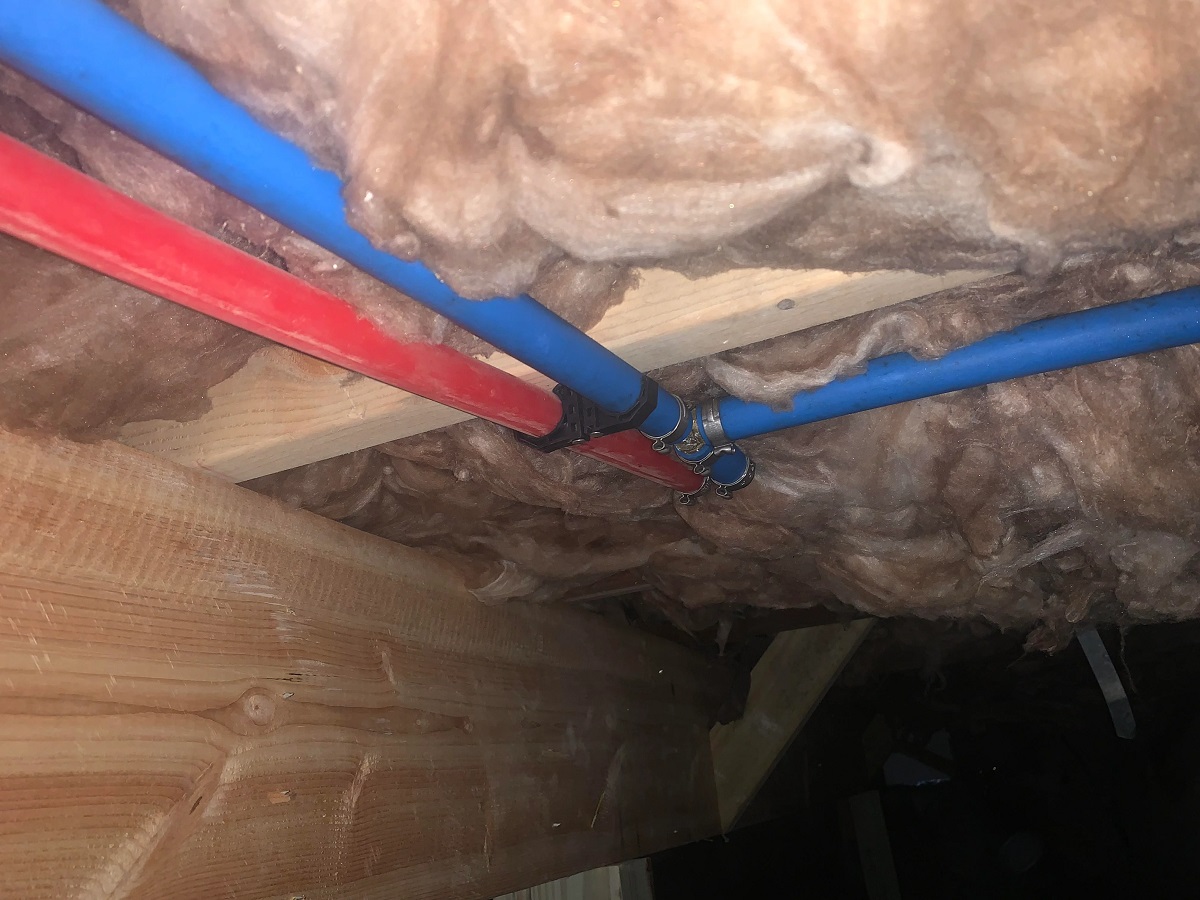
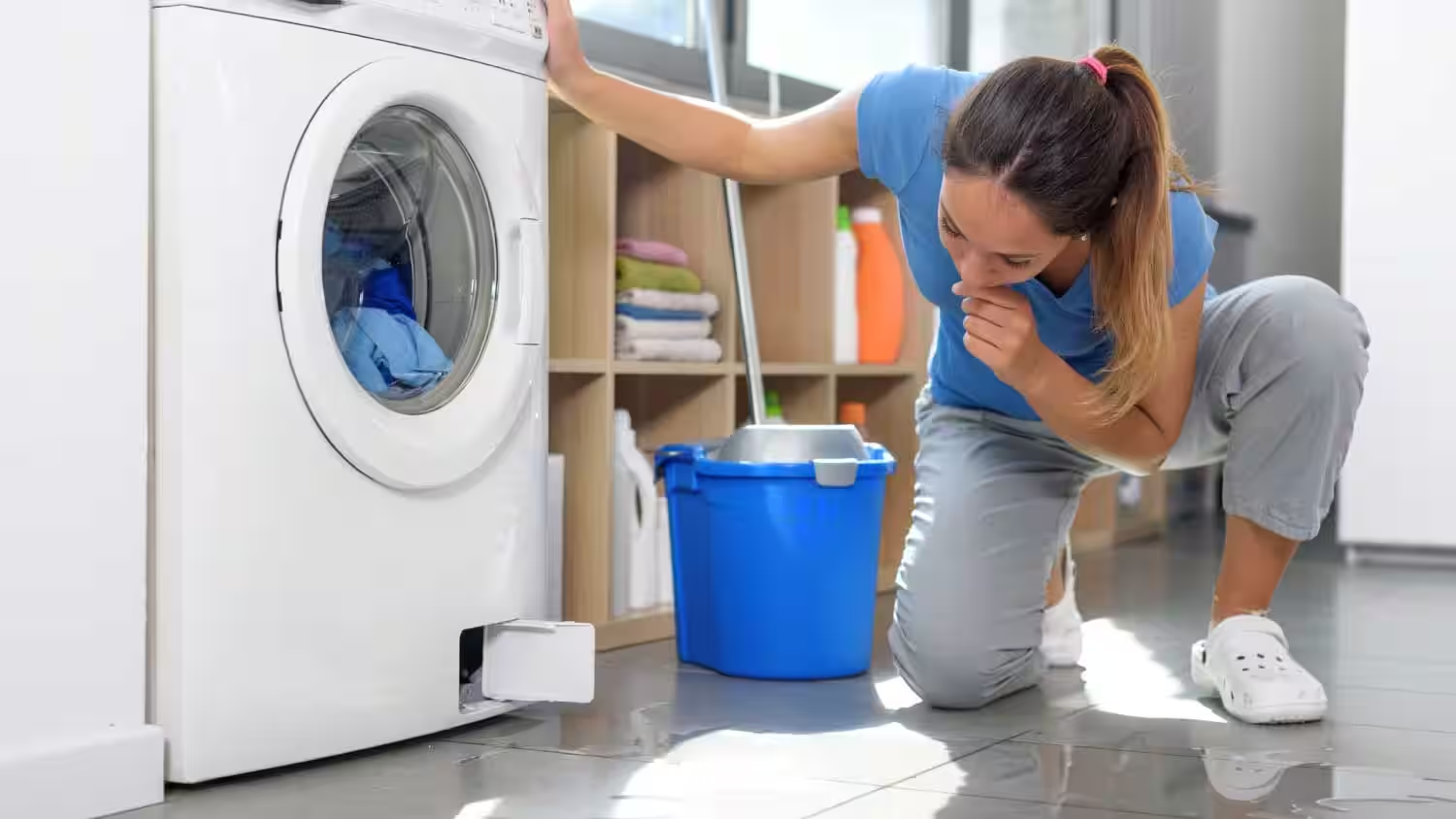
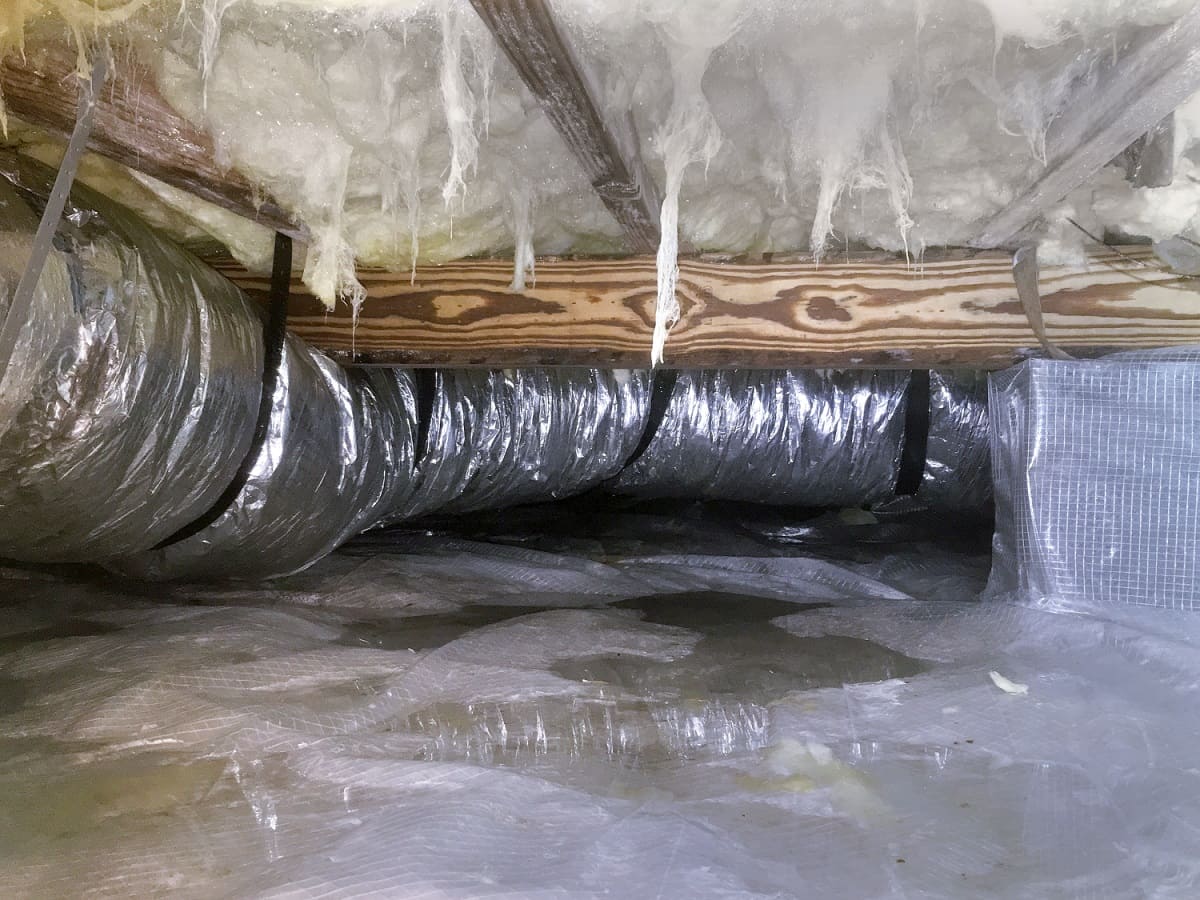
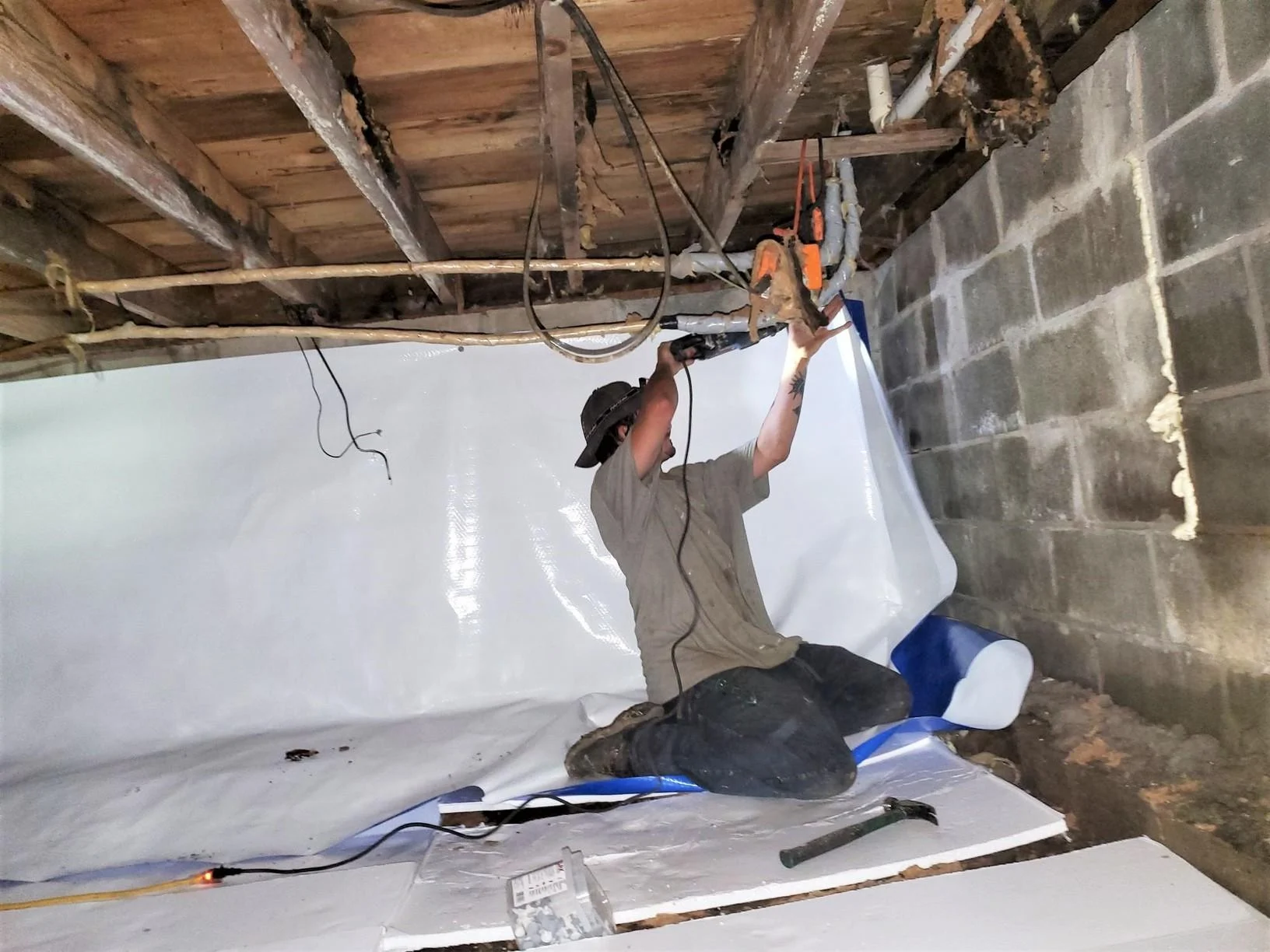
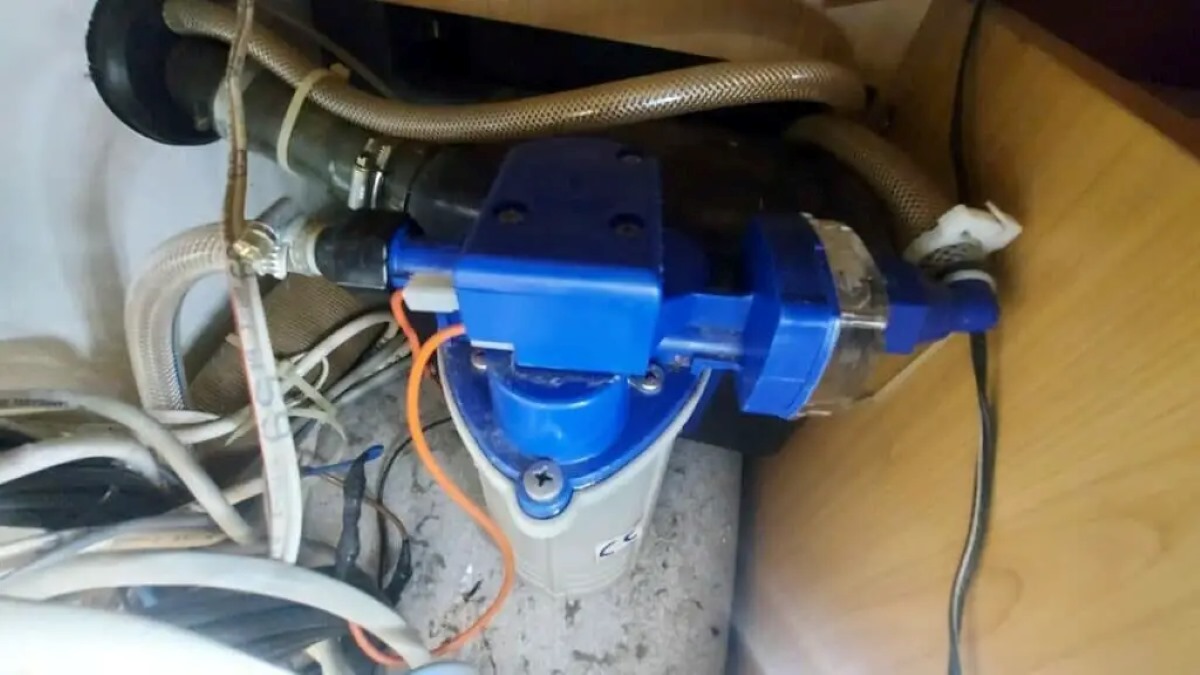
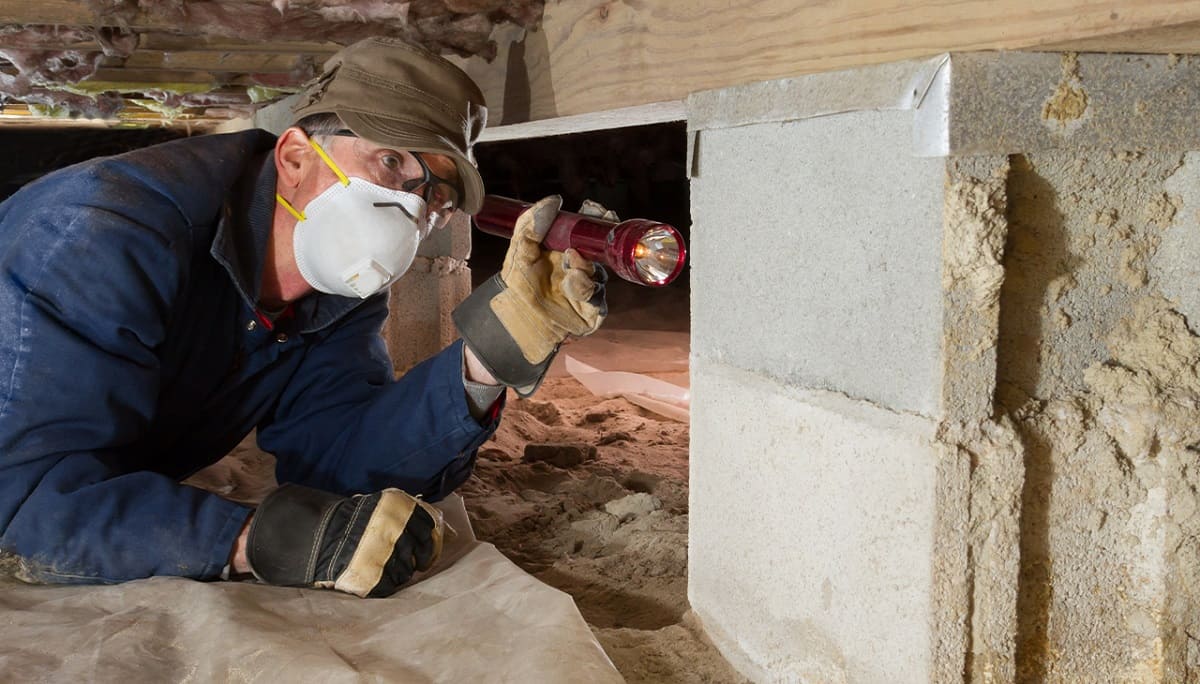
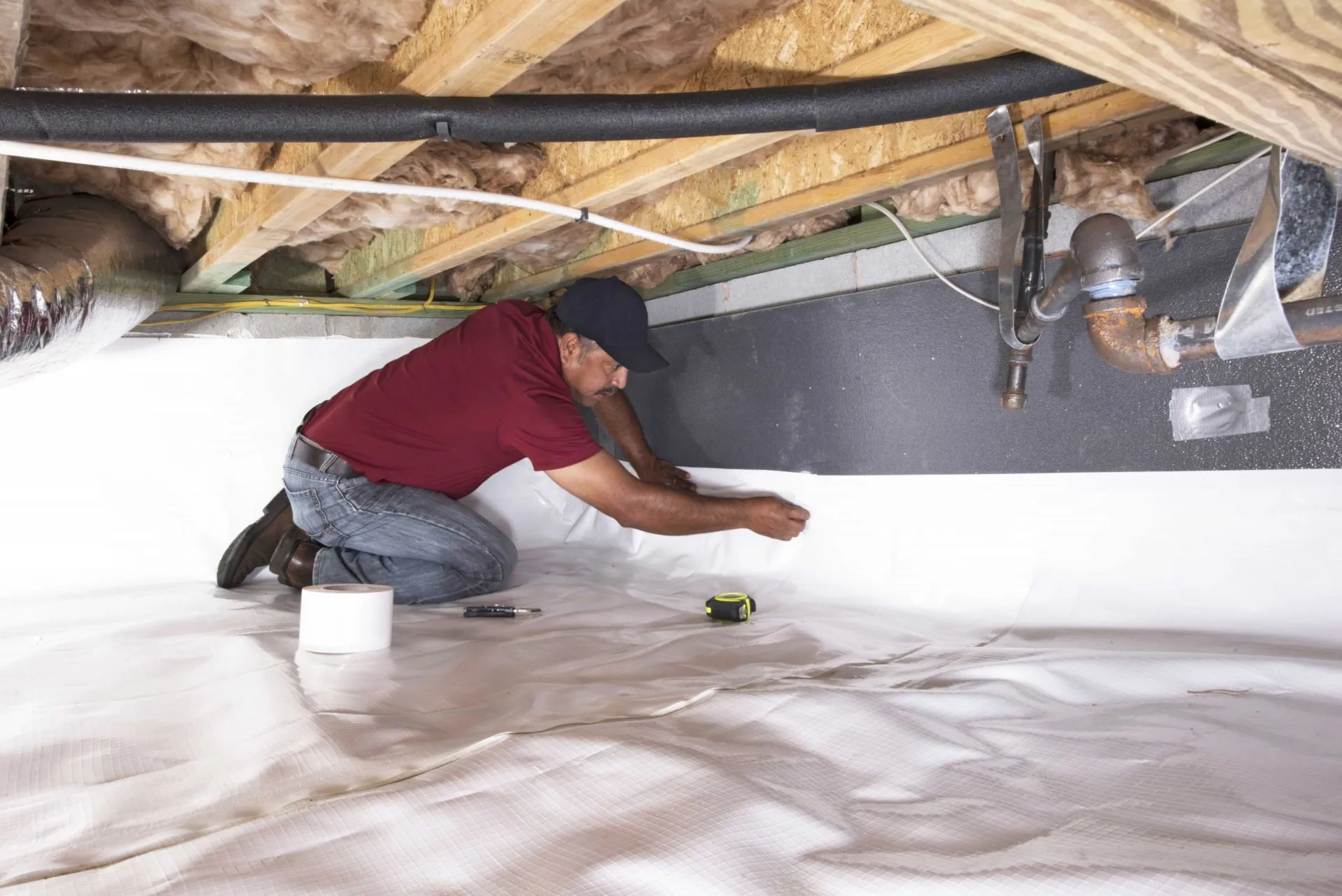
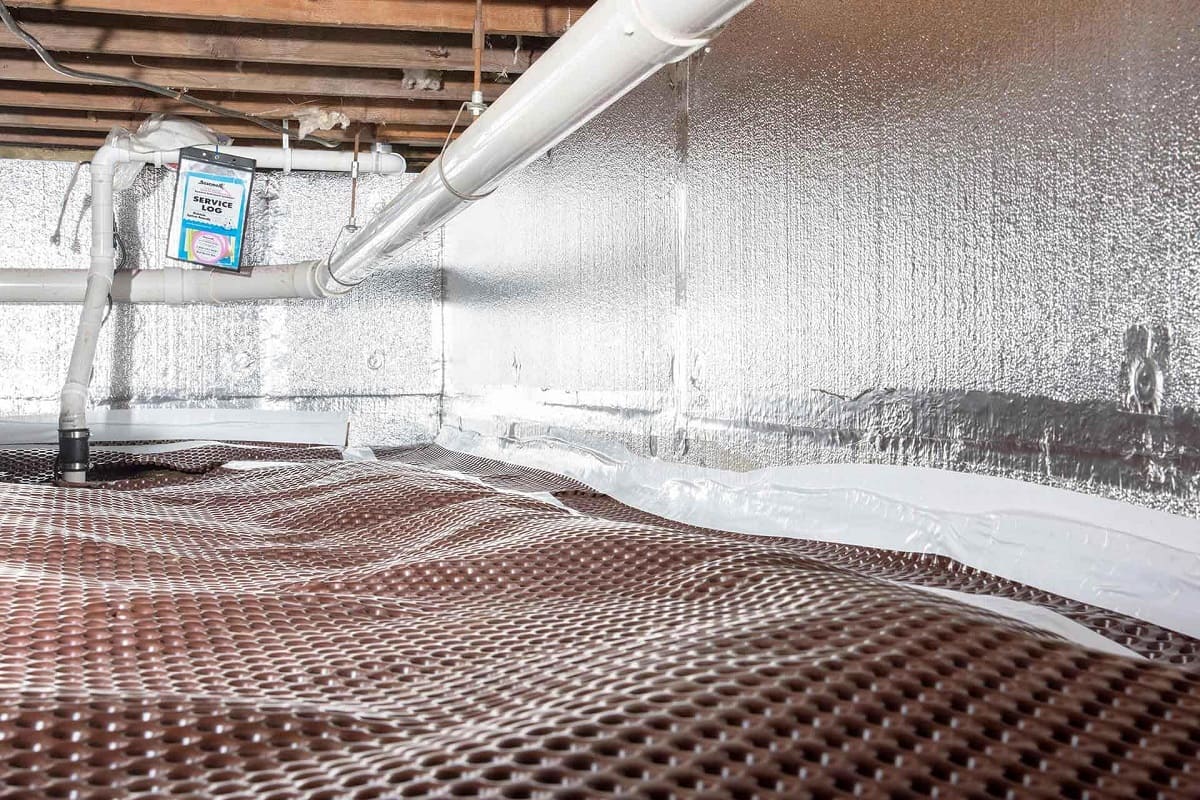
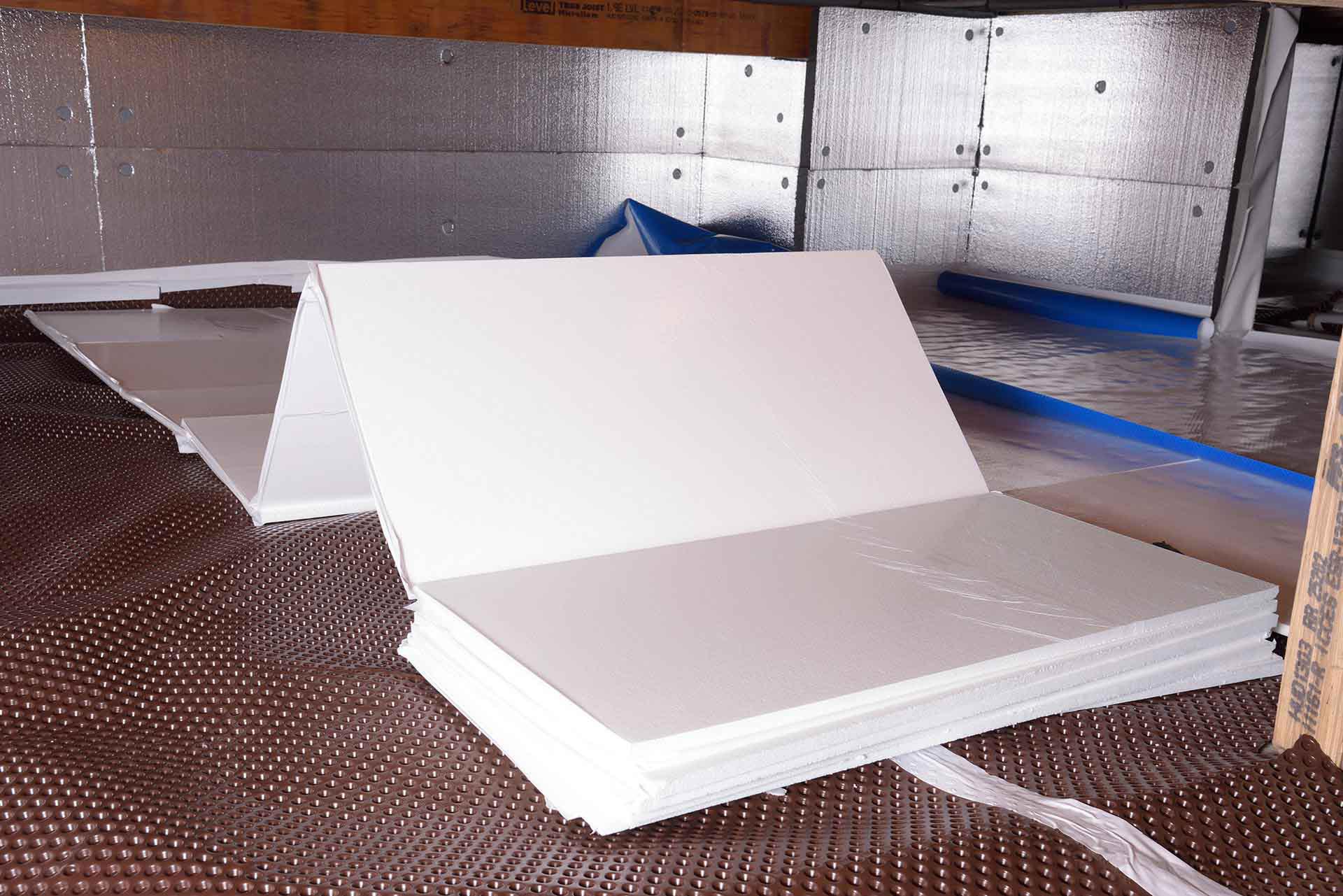
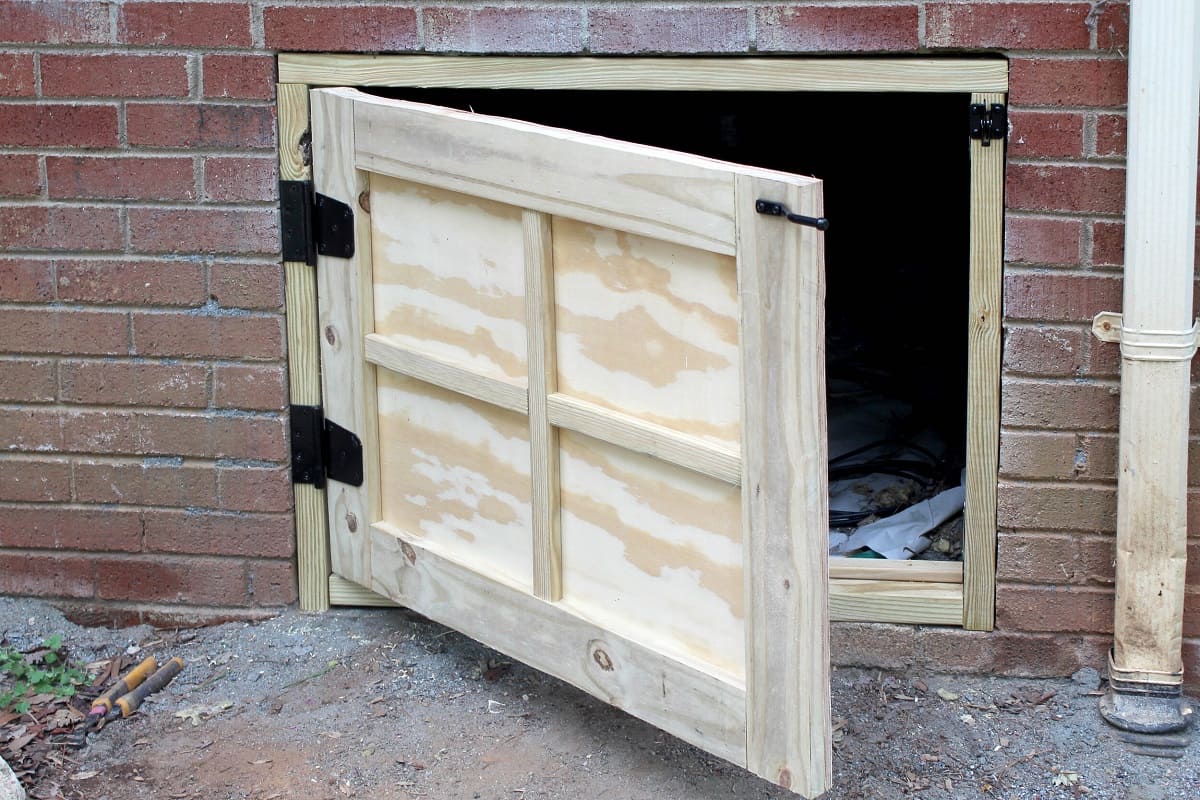
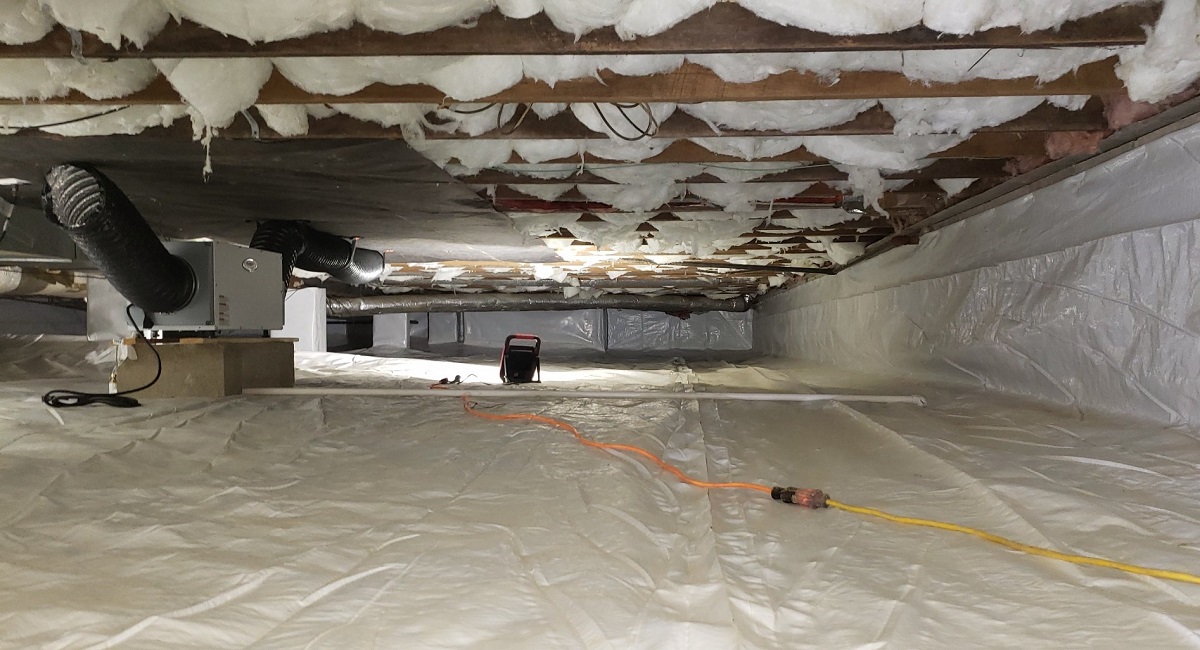
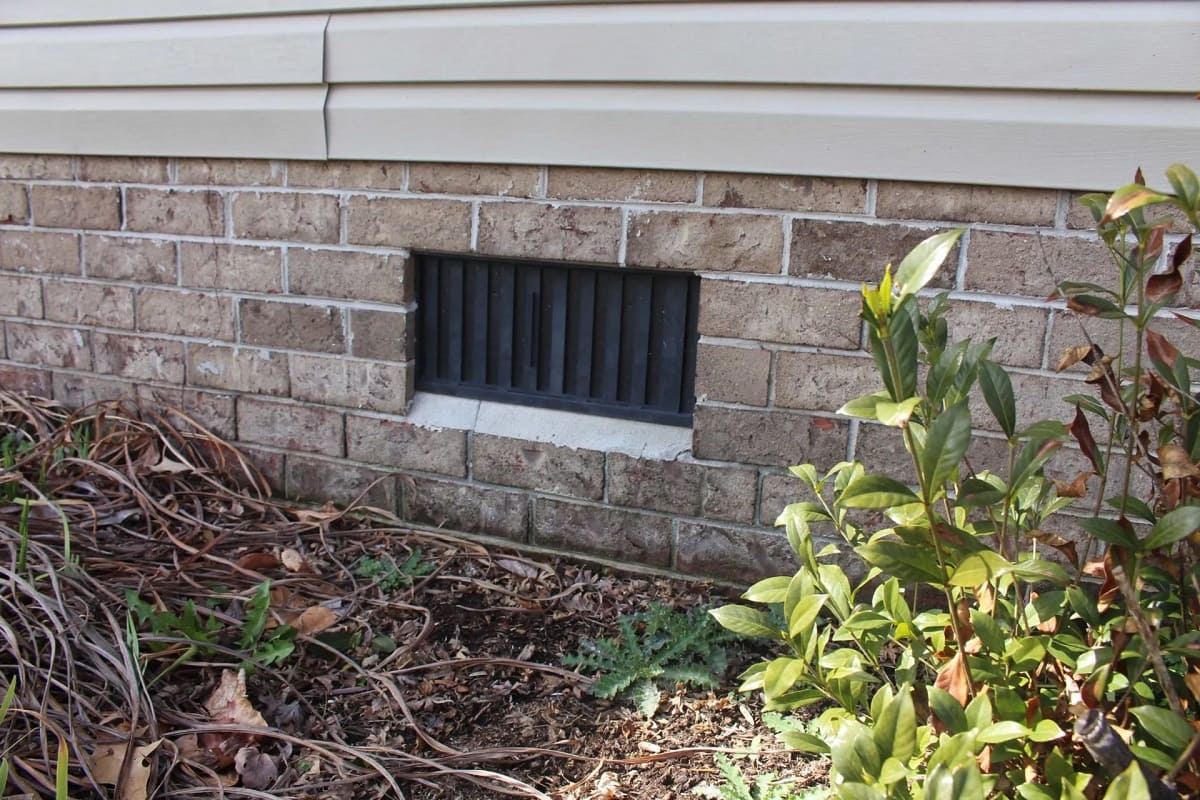
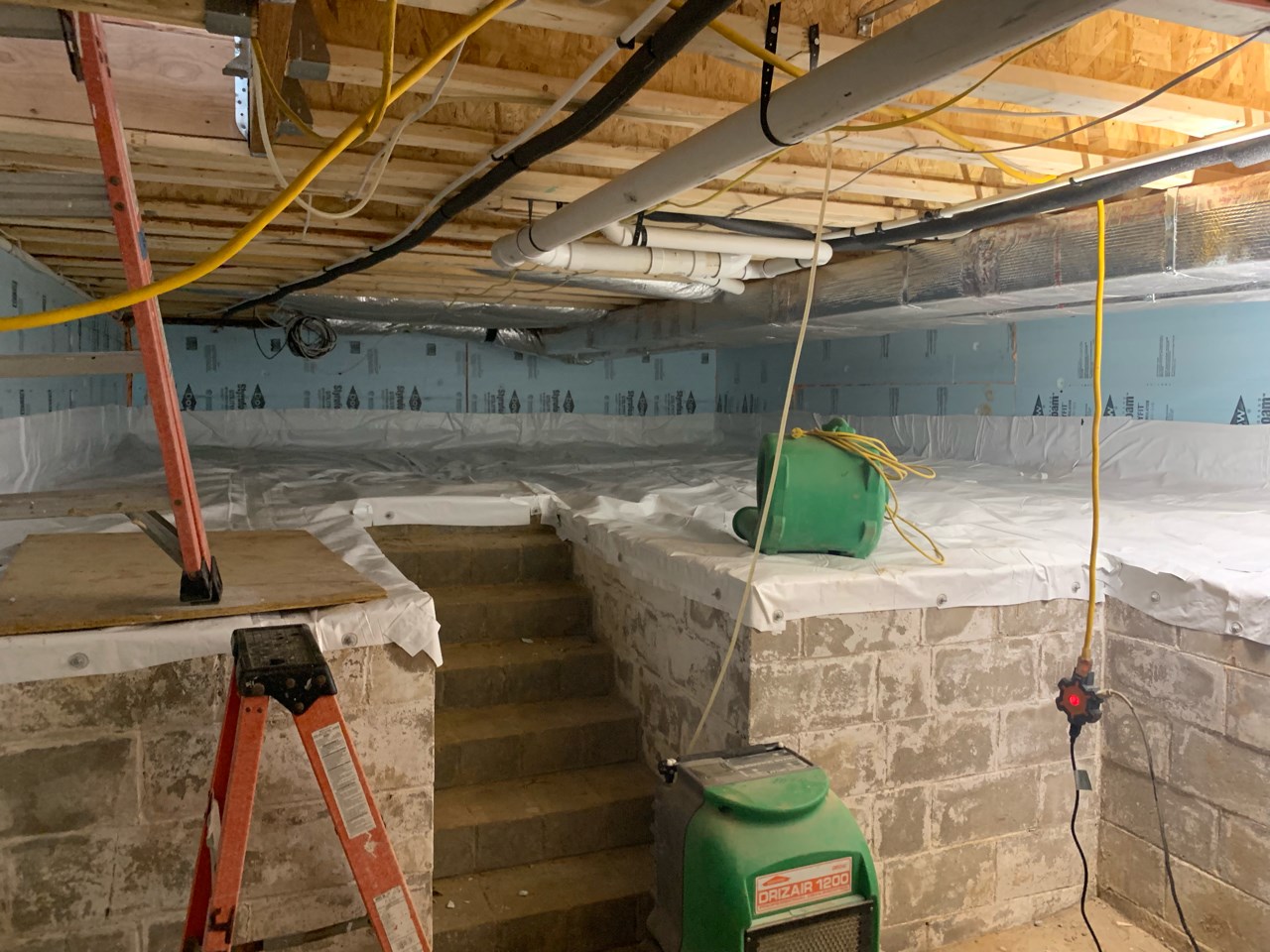
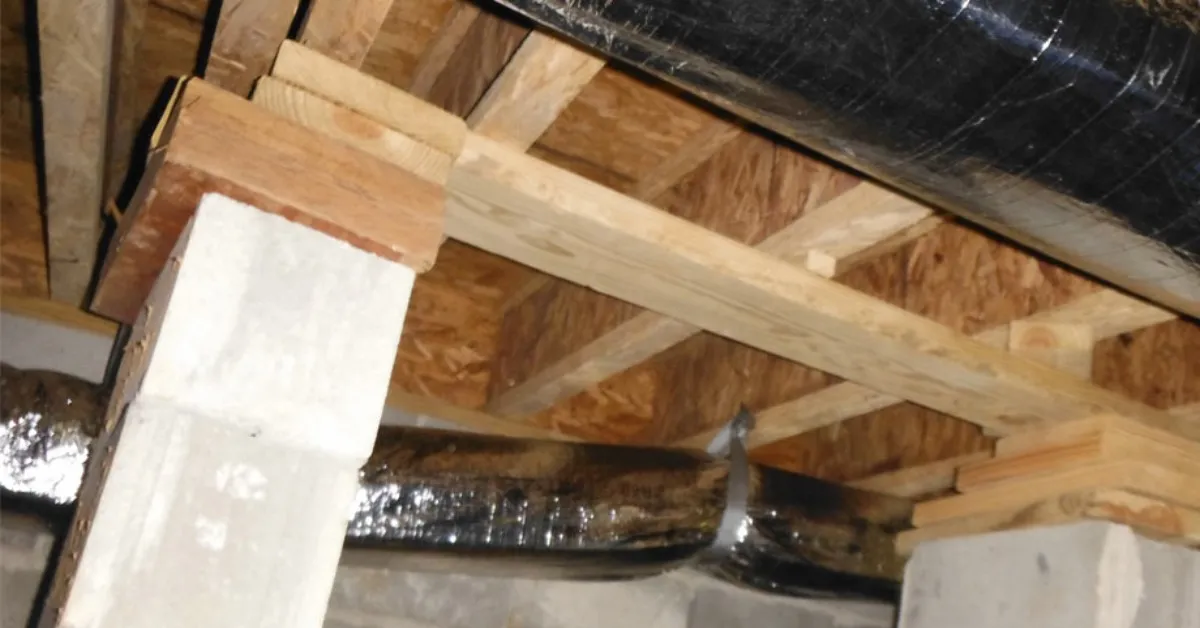

0 thoughts on “How To Unfreeze Water Pipes In A Crawl Space”